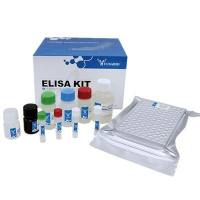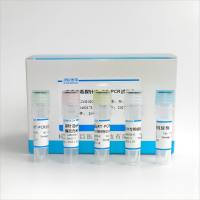When the polymerase chain reaction (PCR) is applied to individual cells, variations in the efficiencies of cell harvest, reverse transcription (RT), and PCR confuse the interpretation of results. This chapter demonstrates three refinements of the standard RT-PCR strategy, which together provide explicit measurements of single-cell gene expression in terms of mRNA molecules per cell. (1) The entire cell is harvested and reverse transcribed. (2) Mutant sequences, included as internal controls, explicitly monitor the efficiency of RT and PCR in each reaction tube. (3) Multiple targets are independently amplified from each cell, including a constitutively expressed housekeeping gene, glyceraldehyde-3-phosphate dehydrogenase (GPD, GAPDH), confirming successful harvest and reverse transcription of each cell. Amplification of GPD, as well as two opioid receptor, and two peptide precursor sequences illustrates this approach. In the case of GPD, RT yields one amplifiable cDNA molecule for every 2–3 mRNA molecules. Sensory neurons maintain GPD mRNA in the nanomolar range, but with considerable variability (1.03�0.61 nM ). Competitive PCR can be applied to virtually any message sequence. In neurons expressing the sequence, message levels are explicitly quantified. In neurons not expressing the sequence, the absence of message is convincingly demonstrated. As few as 2–5 cDNA molecules are routinely detected. cDNA levels are quantified to within a factor of two, typically over a 100-fold range.






